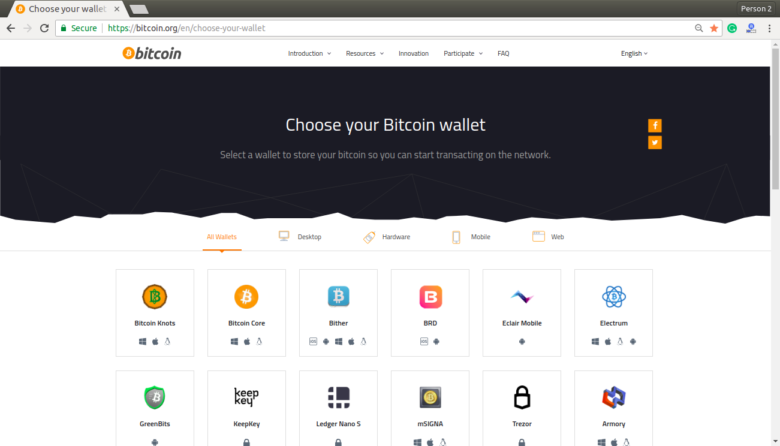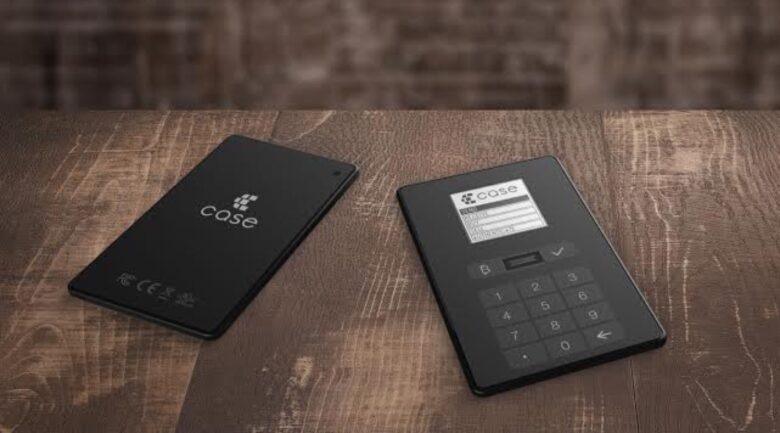Buying and selling Bitcoin is a rather simple process, but once you get ahold of the coins, there is an issue on where to keep it, and how to make transfers. With cash and credit cards being used less and less as a form of payment, the idea of digital coins and e-wallets is becoming increasingly appealing. Cryptocurrency technology went through several developmental stages that brought more security despite a few major fluctuations in its value. Paper and plastic money are often replaced with digital coins that are safely stashed in wallets and protected with several layers of security measures. Keep reading to see how to store and transfer Bitcoin.
1. Email or SMS

Source: finance.nine.com.au
Not the greatest way, and probably not the safest one either, to send Bitcoins. Emails and SMS are considered the dinosaurs of technological development – the dawn of the electronic exchange of information. Still, many people like the familiarity of the old ways, and use the services of email and short messages. To send Bitcoin via email, first, you need to install the platform that supports the transactions. There are numerous simple ones on the Internet still operating. SMS is convenient since you don’t need to be online to send or receive transfers; to send Bitcoin via email you’ll need and access to the Internet.
First, you need to create the account on the platform, choose the method of transfer – SMS or email – and type in the email or phone number of the recipient. The whole process takes no more than a minute to complete and the coins are at the end account in seconds.
2. QR code

Source: imgur.com
This is one of the preferred ways of sending Bitcoin since it doesn’t require the address of the recipient’s wallet. QR code icon can be found in Menu, then More button. The process is straightforward, you just need to follow the steps. Scan the code, choose the amount you wish to send and click “Continue”. You would have to have a QR code provided by the recipient before you can make the transfer. Always double, or triple check all the information and click the send button. It’s easy and convenient.
3. Software wallets

Source: javatpoint.com
Storing bitcoins on your PC or laptop is a convenient way widely used by traders. There are three types of software wallets: desktop, mobile and online wallets. Desktop wallets exist in your personal computer without a third-party impact. Investors like to store their coins on desktops even though the security of the wallet is totally up to them, without the support of any platforms.
Mobile wallets are actually apps that can be accessed from anywhere provided that you’re connected to the internet. They are not the most secure way of keeping the Bitcoin, but their convenience sometimes beats the possible safety issues.
Online wallets, as the name says, are kept on different websites. With internet access, they can be used anytime, anywhere. Its practical side brings more and more Bitcoin owners to use them as storage. However, their safety is not the greatest since all the private keys are kept and controlled by website owners.
Whichever wallet you use, the process is pretty much the same. In every software wallet, there’s a “send” button. Once you click it, you will see several options. First, type in the recipient, then choose the amount you wish to send, and, lastly, always double-check everything for possible mistakes. Once you’re sure that the information entered is correct, click “send”. The coins will be available in the recipient’s wallet in seconds, and the transaction is finished. Many software wallets have various options on how to track the transfer, so look for it before clicking the send button. Visit this site to check out the Bitcoin trading and investing software and learn how you can get the most out of the current markets.
4. Hardware wallets

Source: coindesk.com
The most secure e-wallets to store Bitcoins are hardware wallets. Those are actually physical devices, like USB, that store all your coins as well as private keys. A little digression – even though hardware stores your information, you should have several storage places for your private keys, like software backs up, or even the old-fashioned pen and paper and lock it up in a safe. Hardware wallets are impenetrable for cyber-attacks and usually have several layers of security.
To transfer coins from the hardware wallets, you will need to have some kind of online platform first where the funds to be transferred need to be stored. Those are usually online apps that temporarily store your coins. Start the app on your desktop and connect the hardware wallet. Once they connect, you will be able to see different menu options. From here the process takes 30 seconds. Type in your key, the amount you’re sending, the recipient’s address, and click send. The recipient might send you an email, QR code or any other way to get the coins. Plug out the hardware, shut down the app, and you’re all set.
5. Paper wallets

Source: sebfor.com
Creating a paper wallet is the simplest process available that can store your Bitcoins. To put it simply, a paper wallet is the physical piece of paper where your private key is written down. You can create it online where the key, which is a complicated string of letters, print as many copies as you need, and store it somewhere safe. Paper wallets are the most secure wallets since the keys are only kept on paper. Even the investors who use software and hardware wallets like to have a paper wallet as a backup option.
To send funds from the paper wallet you’ll need to create a software wallet online. There are several platforms available to use that can make one-time online wallets. You create the wallet using your private key from the paper wallet and choose the amount to be transferred. Transfer only the number of coins that will be deposited to the recipient’s account – do not leave any extra coins on your online wallet. From here, the easiest way is to make a transfer via QR code. Once the recipient sends it to you, scan it, type in the number of coins and click send.
Even though paper wallets are the safest way of keeping your Bitcoins, you will still need to get online wallets to send and receive funds.
